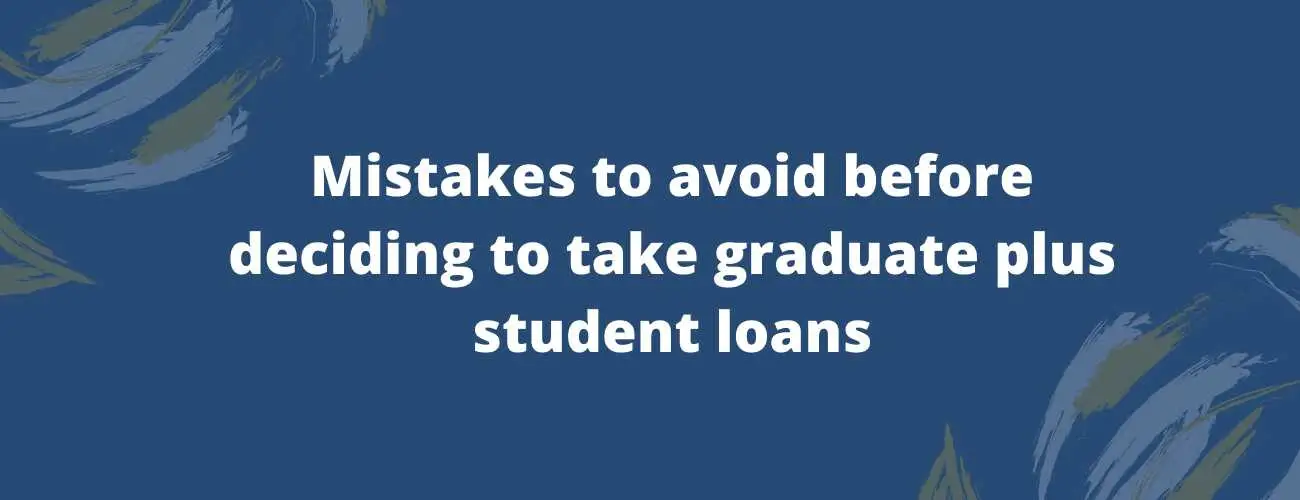How To Lower Student Loan Interest Rate
While getting a student loan the interest rate is an important factor. And they play a huge role while making the monthly payments, here is an in dept understanding of how to lower your student loan interest rates. Understand how student loan interest rates work and get out of debt faster.
Updated by Chandni Agarwal on 25th August 2020
Student loan repayment is an essential journey for every burrower. If you can make monthly on-time payments, you can help build your credit score. It was noted that with the right income-driven repayment plan, you could start making payment as per your financial capabilities. Most of the payments made are contributed towards the interest rather than the principal amount. Lower the interest rate, the more we can target the principal amount.
It is essential to understand how student loan interest rates work. By following this, you can start moving towards your student loan interest rate. The whole objective is to get out of debt faster.
Table of contents
- Student loan refinancing
- Have Strong credit
- Variable loan rate
- Choose a longer repayment plan
- Apply with co-signer
- Automate your payment
- Avail a loyalty discount on your student loan interest rate
Student loan refinancing
As the word itself says 'refinance' Refinancing student loans is when a new lender will pay the existing loan and the interest rate, and you have to start making a monthly payment to the new lender. The interest rate and other terms and conditions will vary from the old lender to the new lender. Upon refinancing, you can try and qualify for a lower interest rate.
But to refinance to the new lender, they might have to meet specific criteria:
-
Your credit score - New lenders will have a check on your credit score and how good you are. Higher the credit score lower is the interest rate you can qualify for
-
Income flow - How well is your income status? Will you be able to pay the loan without any disturbance?
Have strong credit
A secure credit will help you lower your interest rate. The lenders will take you as a responsible borrower, and it will indicate a less credit risk for them. So, to have a secure credit start cultivating a sound payment history. Which means start paying your loans on time, without any skip and failure.
Variable-rate loan
Variable rates depending on the market conditions, unlike federal loans whose interest rate is set by the US congress. If you have a strong understanding of the market and are not immediate, you can opt for a variable rate loan that can qualify you for a lower interest rate.
Now, what is a fixed interest rate and variable interest rate? A fixed interest rate is the one in which the interest rate is fixed and will never change during the student loan repayment. Whereas in the variable interest rate, the student interest rate may change during repayment. There are chances, wherewith rising interest rates, the variable rate of interest rate may increase.
Worried about your college tuition? Learn more about student loans
Choose a longer repayment term
Desire to have a lower interest rate? Choose a longer repayment term. While choosing for a short span of repayment option, you will get a lower interest rate. But one thing you should remember is that when you select the longer-term, the total interest paid throughout the loan term is more than what you would pay for a shorter time with a high-interest rate and without even knowing you pay a massive amount an interest rate.
Student loan repayment is an important phase for a student loan borrower. It is advised to have an in-depth understanding of how it works to take full advantage of it.
Apply with a co-signer
Many people get confused, who a co-signer is. Don’t be confused. A co-signer is someone with secure credit and income who can give assurance for your student loan, including student loan refinancing. The secure credit and income profile of the co-signer will strengthen the borrower’s profile and help the person to get approved for refinancing student loans and getting a lower interest rate
For the relief of co-signer, some lenders provide co-signer release, which means the co-signer can be released from the financially responsible browser, once he meets the requirements.
Automate your payment
Low-interest rate is something that everyone wants. You can lower the interest rate, mostly in two ways. One is refinancing, which we have discussed above, and the second is automatic payments. Federal loans and most private lenders offer a 0.25% interest rate discount when you choose automatic payments, which means the loan amount will be deducted automatically from your bank account. The bank details are very confidential with them. The borrower needs not to be worried about any fraud.
You can enjoy other benefits like you don’t need to worry about accidentally missing a payment. You can track how much amount is deducted, in which date and in which month without any confusion.
But to enjoy all the benefits of automatic payments, make sure you have enough balance in your account, so that you don’t miss any refund and no penalty is charged for overdraft fees (not paying the loan on time).
Avail a loyalty discount on your student loan interest rate
Besides the automatic payment discount, you can enjoy the loyalty discount as well. A loyalty discount is when you have borrowed from a lender twice or thrice or have signed up as its member, and then they can give you a loyalty discount. In simple words, you can say that being loyal to a lender and their services helps you avail of a refund. For example- Members of SOFI who previously borrowed from them offer a discount rate of 0.25%.
Fractions of a percentage point may not sound like much, but these discounts can add up. On $30,000 of debt with a 6% interest rate, saving 0.25% in interest means you’d pocket $450 over ten years. If you got a 0.50% rate reduction on the same loan by snagging the ACH discount and a loyalty discount, you’d save almost $900 over ten years.
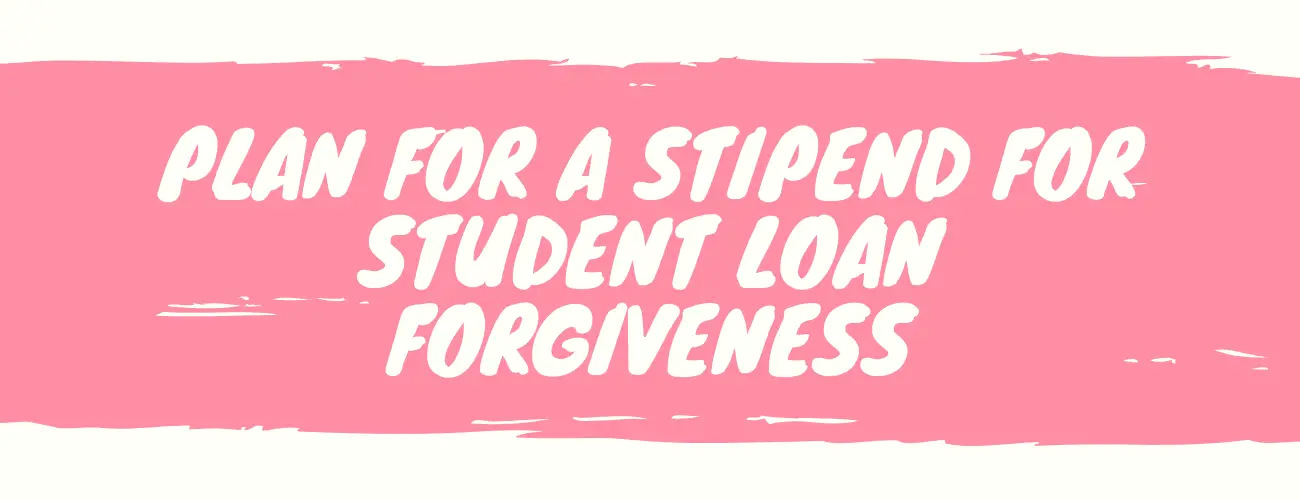
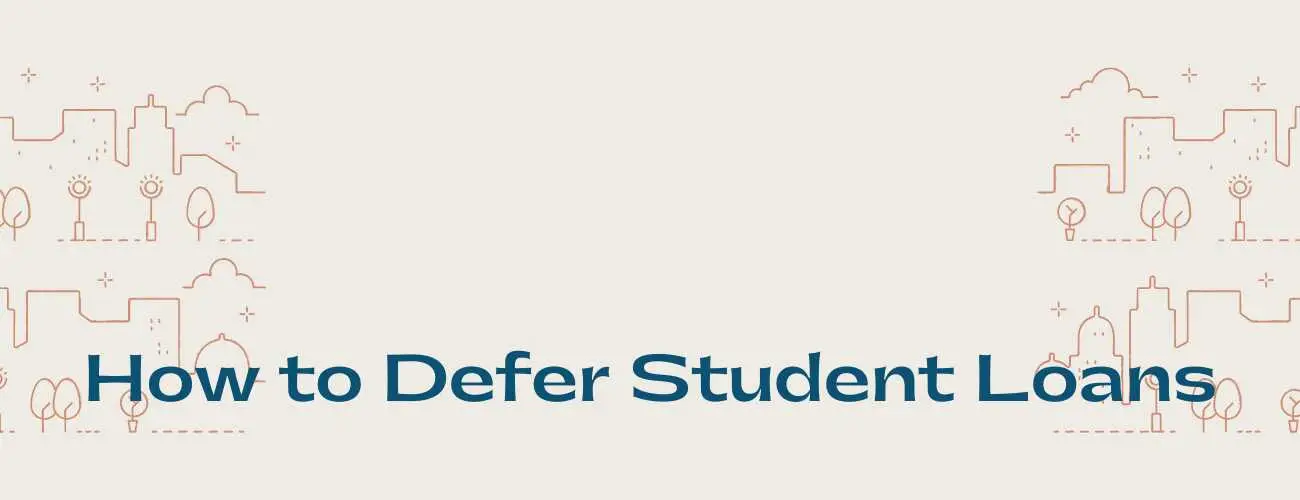
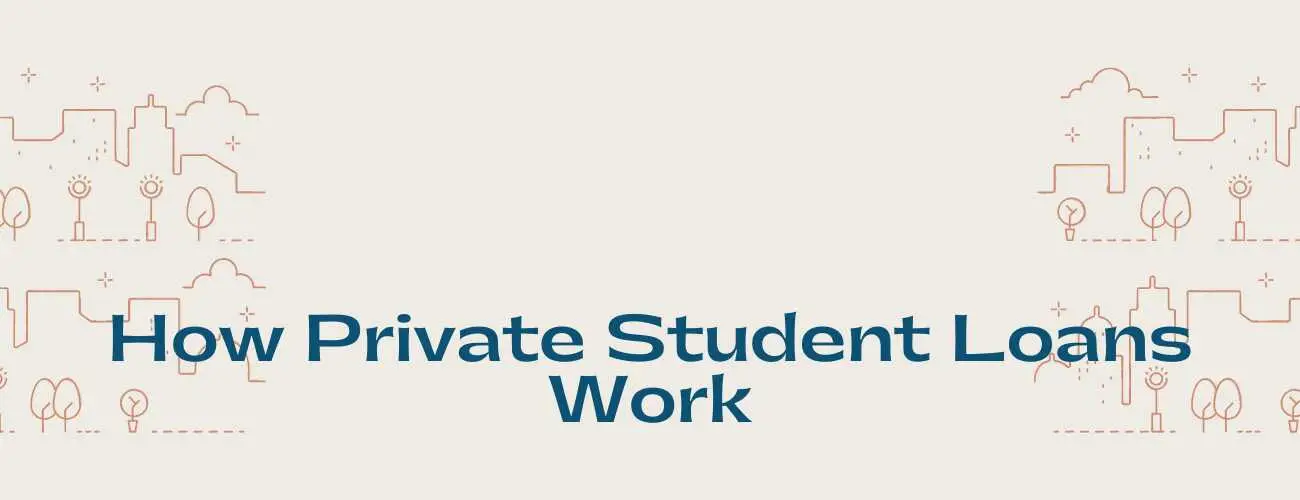
93.jpg)
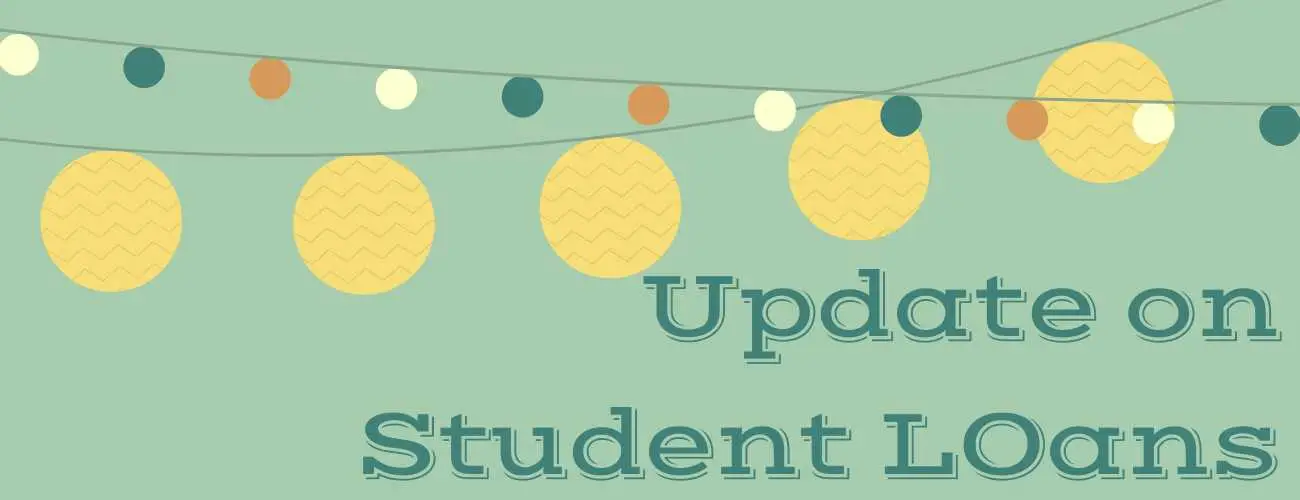
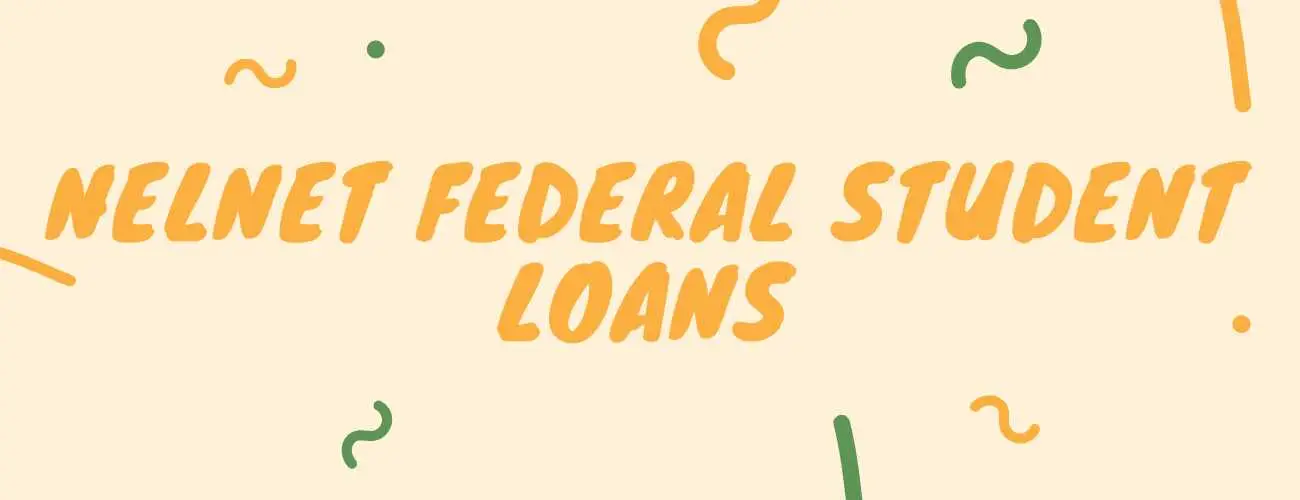
28.jpg)
